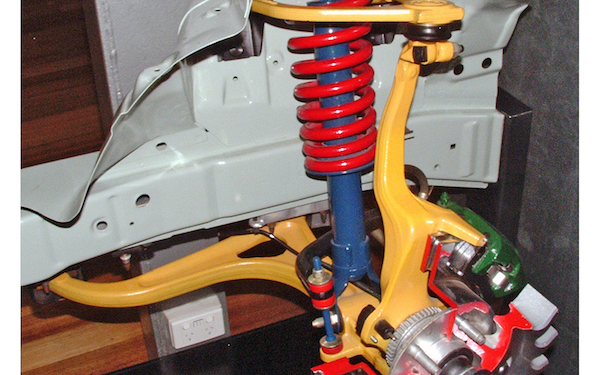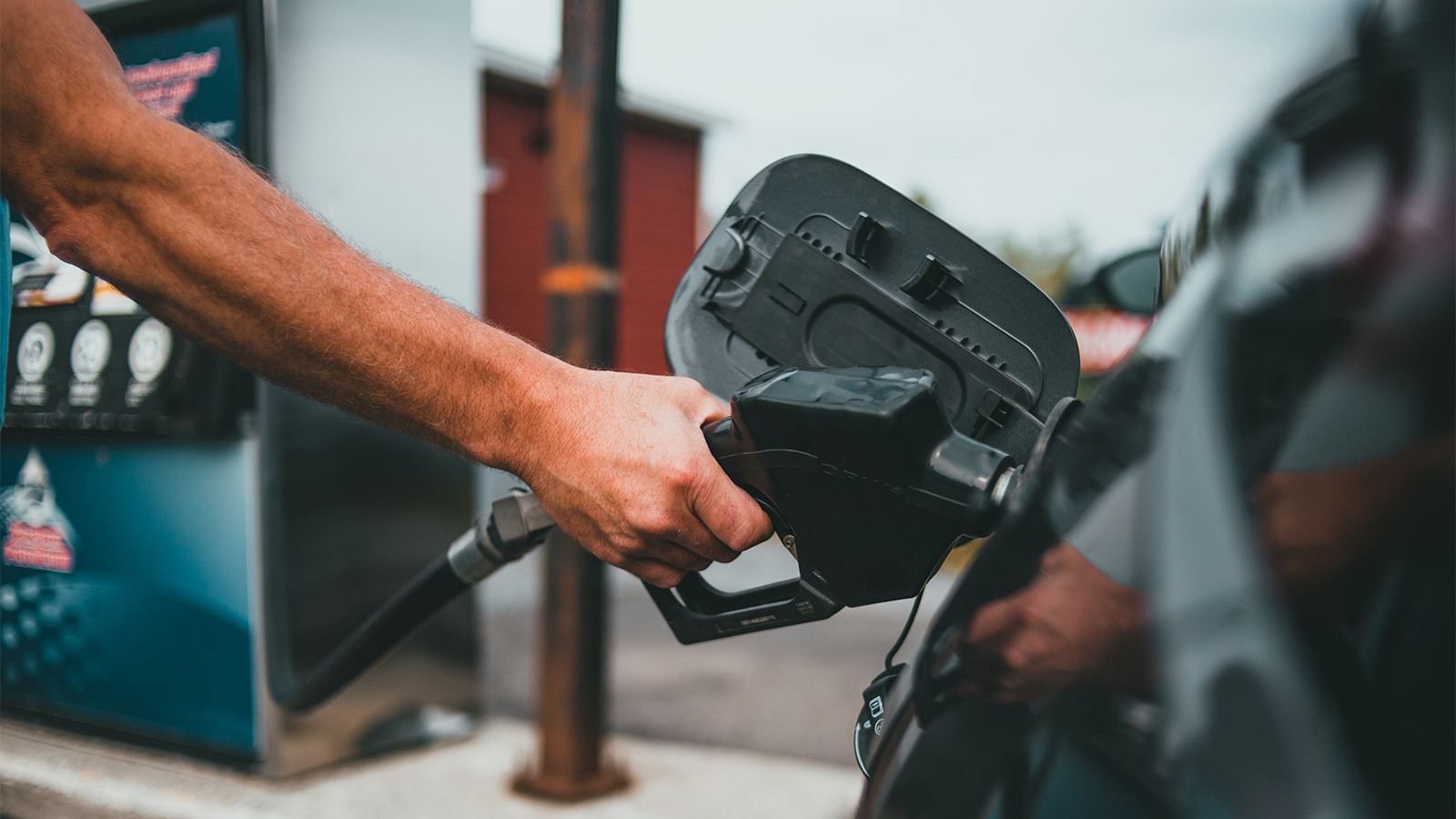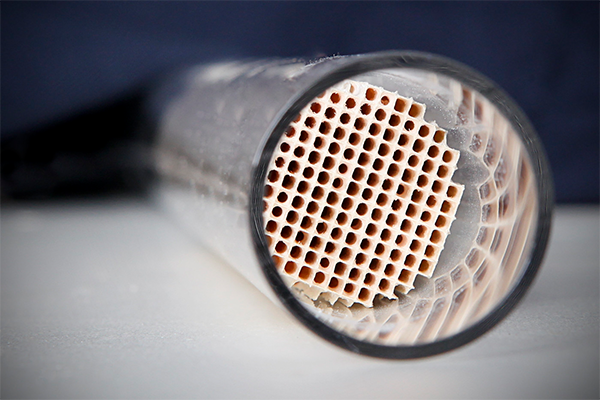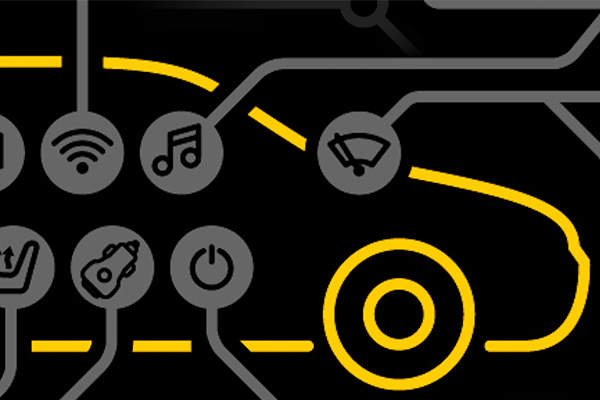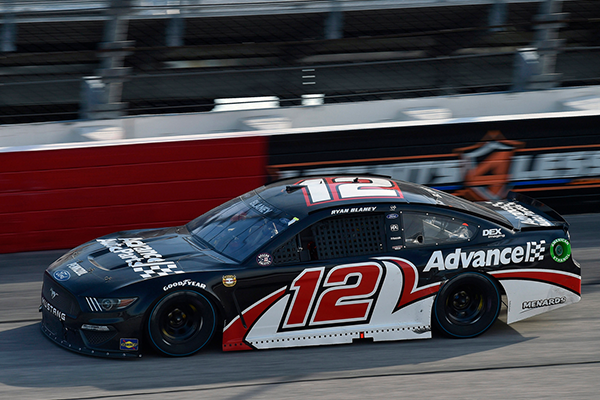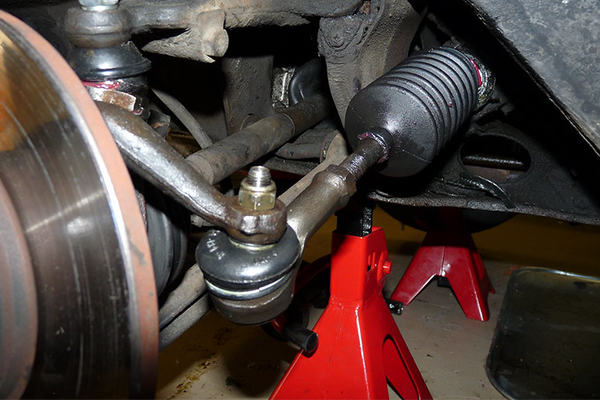The terms "shocks" and "struts" tend to be used interchangeably, but there's an important difference in functions of the two parts. Let's explore.
Every vehicle has a combination of springs and either shock absorbers or struts. Springs actually support the weight of the vehicle and also serve to cushion the ride, preventing jolts from pavement irregularities from making their way into the passenger compartment or cargo area, while shocks and struts limit the vertical motion from the springs as well as soaking up impacts from the road.
For more on the differences between shocks and struts, watch Ben from YouTube channel Gears and Gasoline explain.
Shock Absorbers
Shocks simply do what their name implies: they dampen and absorb road shock. Shocks are not an integral part of the vehicle's suspension, so while it wouldn't be a comfortable or stable ride, you could technically remove a shock and still drive. We don't recommend it.
Vehicles that use an upper and lower control arm to position the knuckle (independent suspension) or rear axle (solid axle) will use a shock. Shocks improve road feel and handling properties, as well as improving ride quality.
Struts
While struts play a key role in absorbing and dampening, they are also an integral component of the vehicle's suspension.
MacPherson struts are the most common type of strut on today's vehicles. These struts actually combine the spring and strut assembly into one serviceable component, eliminating the upper control arm. While the MacPherson strut design is most popular, there are vehicles that use a bare strut without the spring attached. This is very similar to what a shock setup looks like, but the difference is that the strut acts as the upper connecting point between the knuckle and vehicle.

